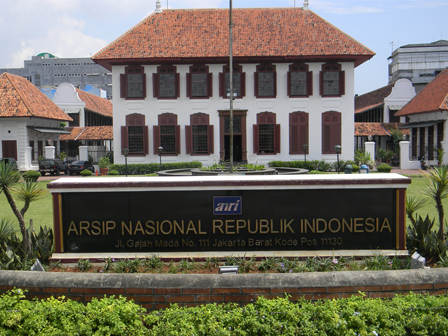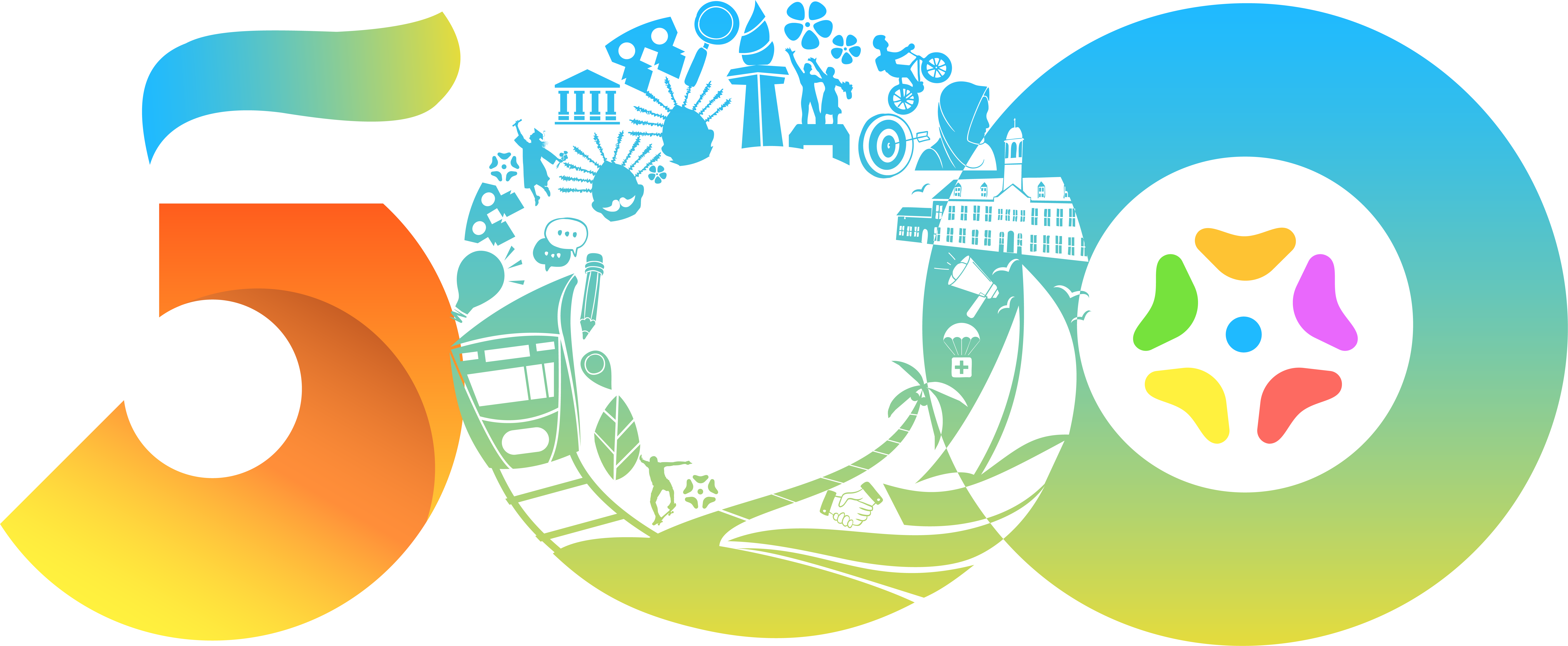National Archives Museum Less Enthused
Reported by Hendi Kusuma | Translated by Nugroho Adibrata
The interest of Indonesian people, especially Jakartans, to visit the National Archives Museum located on Jalan Gajah Mada, West Jakarta, is still low. Based on the data gathered, there are only five local tourists visiting the museum each day, while foreign tourists reaching 20 people.
Most of those foreign tourists are from Netherlands, Japan, and Taiwan
“Most of those foreign tourists are from Netherlands, Japan, and Taiwan,” said Sirojudin, a tour guide who is also security officer in the National Archives Museum, Sunday (5/4).
Upgrading Historical Knowledge, 500 Students Visited 4 MuseumsAccording to Sirojudin, the National Archives Museum stores 200 historical objects as well as archive letters from archipelago kingdom and Dutch East Indies government. The objects consist of chairs and cabinets from the imperial heritage of the archipelago, weapons and war materials from various sultanates, and Dutch East Indies government’s weapons such as cannons and firearms.
Not only that, there is also a gong from Java kingdom as well as archive letters about cooperation between sultanates and cooperation between the sultanate and Dutch East Indies government.
“There are 200 relics and archive letters in the museum. Mostly we have cooperation letters between the sultanates written in Arabic, while the translations are in the office of archives central on Jalan Ampera Cilandak. As for the others are relics of Dutch East Indies,” uttered Sirojudin.
Before transformed into museum building, the National Archives Museum was a house of Governor Gen. Reyner de Klerk which built in 1750. The building was surrounded with a moat in order to defend Batavia city against attacks from Banten or Mataram. Yet in the 19th century, the house was converted into an orphanage, and then renovated until finally transformed into national archives storage in 1992. Then in 1995, Dutch businessmen collected funds for the restoration and construction of de Klerk’s house as a gift to Indonesian government for 50th anniversary of Indonesian independence.

